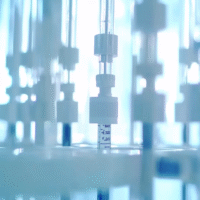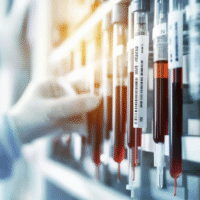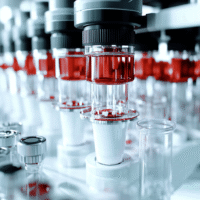Understanding the Trial Results
This research looked at how well vitamin D, when combined with aspirin and immunoglobulin, helps children with Kawasaki Disease (KD). Kawasaki Disease can cause serious heart problems, especially in young children.
What Worked?
- Faster Fever Relief: Children who received vitamin D along with their treatment had a quicker reduction in fever. They took about 27 hours to feel better, compared to 50 hours for those who did not receive vitamin D.
- Fewer Side Effects: The group that received vitamin D had fewer side effects from the treatment. There were 19 cases of side effects in the vitamin D group, while there were 8 cases in the control group.
- Lower Inflammation: Children who took vitamin D showed lower levels of inflammation markers in their blood, which indicates less inflammation in their bodies.
What Didn’t Work?
The study did not find any negative effects from using vitamin D in this treatment, which is a positive outcome.
How Does This Help Patients and Clinics?
These findings suggest that adding vitamin D to standard treatment for Kawasaki Disease can improve recovery times and reduce side effects. This can lead to better health outcomes for children and less stress for families.
Real-World Opportunities
- Hospitals can start using vitamin D as part of the treatment for Kawasaki Disease.
- Doctors can educate families about the benefits of vitamin D in managing this condition.
Measurable Outcomes
Clinics should track the following after introducing vitamin D in treatment:
- Time taken for fever to resolve
- Number of side effects experienced by patients
- Levels of inflammation markers in blood tests
AI Tools to Consider
Clinics could explore AI tools that help monitor patient health data and track treatment outcomes. These tools can provide insights into how well the new treatment is working.
Step-by-Step Plan for Clinics
- Start Small: Begin by adding vitamin D to the treatment plan for a few patients with Kawasaki Disease.
- Monitor Results: Keep track of their fever resolution times and any side effects.
- Evaluate Data: After a few months, review the data to see if vitamin D is making a difference.
- Expand Use: If results are positive, consider using vitamin D for more patients.
For more detailed information, you can read the full research article here.


























